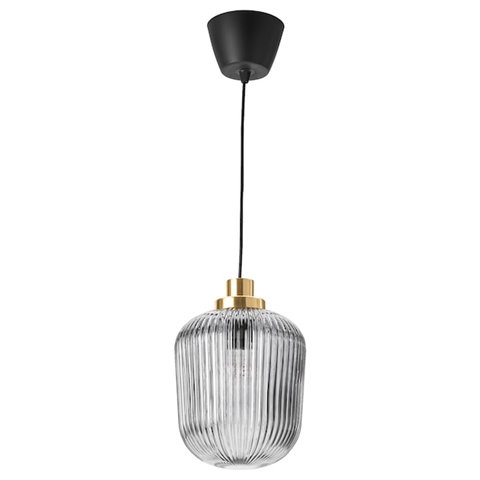As above. Has stuffing chocolate blocks into the ceiling behind light fittings ever been acceptable. I remember when I was an apprentice in the mid 1980s that is what I was told to do at the time, usually taped up. The guy I worked for was well respected.
I have just carried out an EICR amongst other works on what is a very nice farm house with apart from the lights a very nice electrical job. There are probably 50 light fittings including downlights that I am changing anyway where every connection is stuffed up above them ( not taped up not that it makes much difference). The ones in the roof space buried in insulation.
Gary


